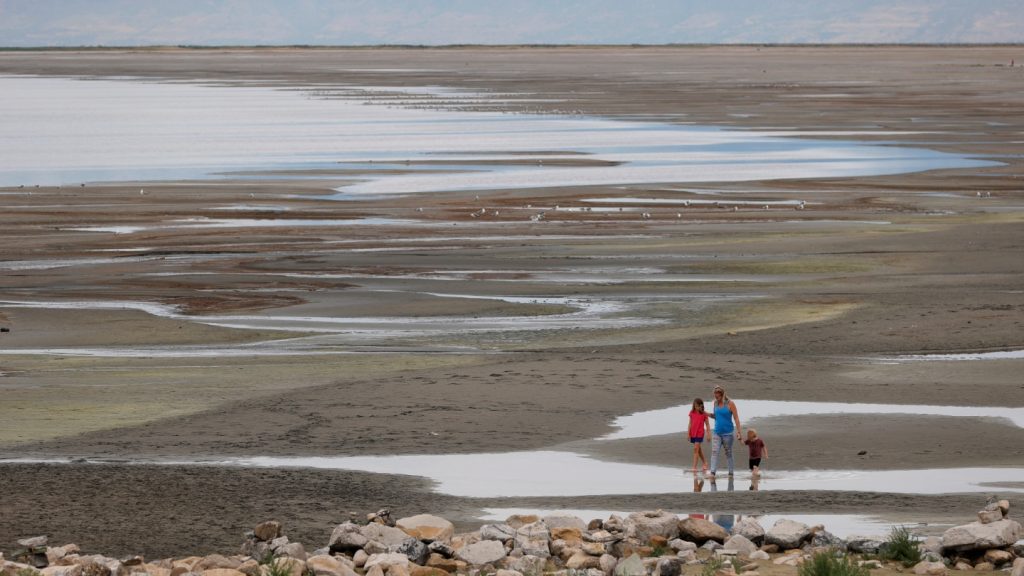Dust pollution, particularly from Utah’s Great Salt Lake, has been linked to several health issues, including asthma and heart and lung diseases. Metals in the dust and sediment from around the lake have been found to be more reactive than dust from other nearby lake beds. When inhaled, this dust has the potential to cause inflammation, but further studies are needed to determine the actual impact on the local population.
As the Great Salt Lake continues to shrink due to various factors like drought and climate change, over 1,900 square kilometers of the lake bed are now exposed, leaving behind dust laden with metals, minerals, and sediment from upstream sources. Chemical engineer Kerry Kelly and colleagues studied the dust’s composition by aerosolizing samples collected around the lake, with a focus on particles small enough to be inhaled.
Analysis of the airborne particles revealed higher concentrations of metals like manganese, copper, iron, and lead, with levels of lithium and arsenic exceeding environmental safety thresholds in the U.S. Additionally, the oxidative potential of the Great Salt Lake dust was found to be higher than that of dust from other nearby lakes, indicating a higher likelihood of generating reactive oxygen species that can potentially damage living cells.
While the presence of highly reactive dust particles poses a potential health risk, experts caution against drawing premature conclusions about the actual harm to people. Further data and studies correlating exposure to oxidative dust with specific health outcomes are needed to fully assess the situation. It is essential to understand the extent of exposure and its relation to particular health concerns before making definitive claims about the health impact.
Kelly emphasizes the need for more research and monitoring to determine the true extent of the health risks posed by Great Salt Lake dust. The study serves as a warning of potential health concerns but does not definitively establish the health impacts on nearby populations. Future efforts should focus on measuring dust exposure in nearby cities and addressing the underlying cause of the dust pollution by replenishing water in the Great Salt Lake.
In conclusion, the study highlights the potential health risks associated with dust pollution from the Great Salt Lake but underscores the importance of further research and data to fully understand the implications for public health. Addressing these concerns will require a combination of monitoring, research, and potential interventions to mitigate the impact of harmful dust particles on the population. Efforts to restore water levels in the Great Salt Lake could also play a crucial role in reducing the generation of reactive dust and safeguarding public health in the region.


